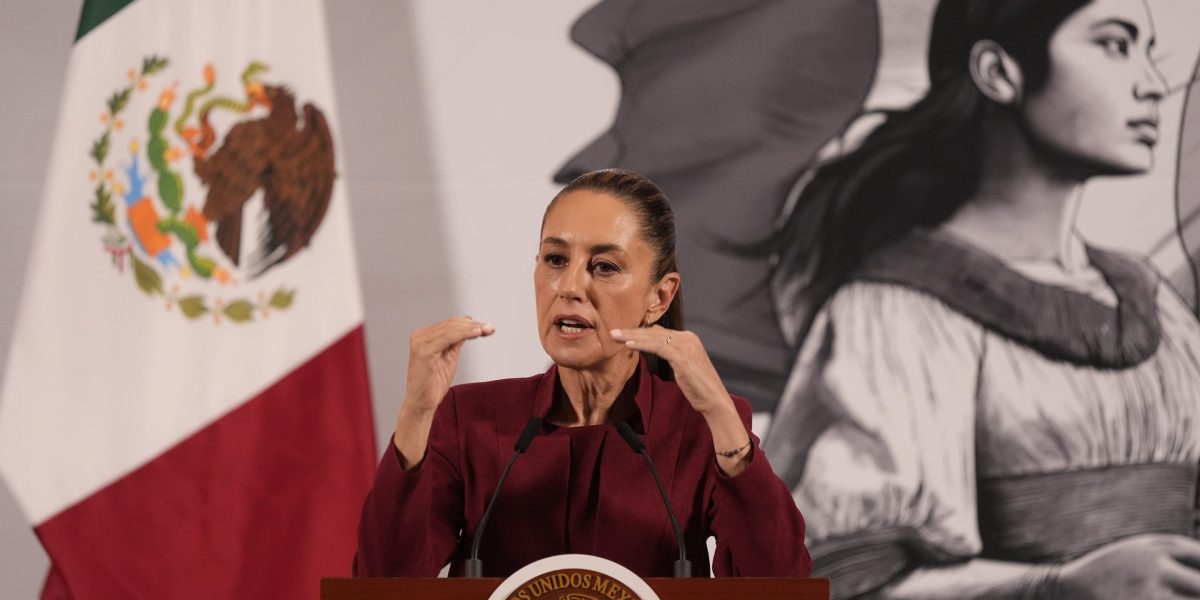Women already make just 84 cents to a man’s dollar. They also face additional earnings losses, should they become mothers, in the form of what’s been called the “child penalty“—with recent findings indicating a loss up to $500,000 over a 30-year career.
Now comes a study asserting that women experience yet another drop in earnings at the end of their child-bearing years, and researchers have dubbed it the “menopause penalty.”
Economists at the University College London, University of Bergen, Stanford University and University of Delaware calculated that women experience a 4.3% reduction in their earnings, on average, in the four years following a menopause diagnosis, with losses rising to 10% by the fourth year.
To come to their conclusions thus far, researchers analyzed population-wide data from Sweden and Norway. It included medical records that identified the date of the first menopause diagnosis of women born between 1961-1968 who had a menopause-related diagnosis between the ages of 45 and 55.
About a third of women in menopause get a formal diagnosis, lead author and UCL professor Gabriella Conti tells Fortune, and focusing the study on those with an actual medical diagnosis rather than within a certain age range was a way to look at something as “visible and recorded” as having a baby (as with the child penalty).
“So it’s not saying that every woman, when she has menopause, has a wage loss of 10%—because many women have menopause and don’t even have severe symptoms,” Conti explains. “So this is looking at the woman who has a severe menopause, in the sense that she has symptoms. It could be perimenopause, postmenopausal bleeding, and various different conditions.” Once the diagnosis is in place, researchers found, is typically when various related conditions are diagnosed, thereby affecting work productivity.
“So, for example, we see that these women are also diagnosed with symptoms related to tiredness, headaches, migraine, feeling acute stress, feeling depressed. And when you have this variety of morbidities, you’re probably not able to work as well as you were working before—you don’t feel as well, and your productivity might not be as high as before,” she says. To find evidence of that, she says, the researchers observed working hours as a reflection of productivity.
The fall in earnings during menopause, they found, was primarily driven by less time working.
And the likelihood of claiming disability insurance benefits increased by 4.8% in the four years following a menopause diagnosis, suggesting that menopause symptoms significantly impact women’s work patterns, the team said.
Although the current findings were limited to the two Scandinavian countries, Conti believes they are translatable. “My sense is that, to the extent that you know the symptoms are the same across different countries, and that the biology is the same, then the extent of the penalty is likely to depend on the context—the healthcare context, whether you have good access to care, whether you have treatment, and the workplace context,” she says. Their research shows, she explains, that a workplace’s attitudes toward menopause plays a big role in these outcomes.
“If you are able to accommodate women [in menopause], and to create a supportive workplace, then it can also make a big difference,” she says, pointing, as an example, to a new UK certification for menopause-friendly workplaces—which does count one U.S. company, CVS, among those certified.
It’s why, as a result of their lost-wage findings, the researchers are calling for increased menopause awareness—as well as better support and access to care.
“All women go through the menopause, but each woman’s experience is unique,” Conti said in a news release. “We looked at women with a medical menopause diagnosis, so these women may have experienced more severe symptoms than the general population. Our study shows how the negative impacts of the menopause penalty vary greatly between women.”
Those most affected by the drop in earnings and hours worked were women without a university degree, already making lower incomes.
“Graduate women tend on average to be better informed of menopause symptoms and more aware of their treatment options,” said Conti. “This may mean they are better equipped to adapt and continue working throughout their menopause.”
She added, “Our findings suggest that better information and improved access to menopause-related care are crucial to eliminating the menopause penalty and ensuring that workplaces can better support women during this transition.”
More on women’s health:
This story was originally featured on Fortune.com
Source link

 Entertainment8 years ago
Entertainment8 years ago
 Politics8 years ago
Politics8 years ago
 Entertainment8 years ago
Entertainment8 years ago
 Entertainment8 years ago
Entertainment8 years ago
 Tech8 years ago
Tech8 years ago
 Tech8 years ago
Tech8 years ago
 Tech8 years ago
Tech8 years ago
 Politics8 years ago
Politics8 years ago







